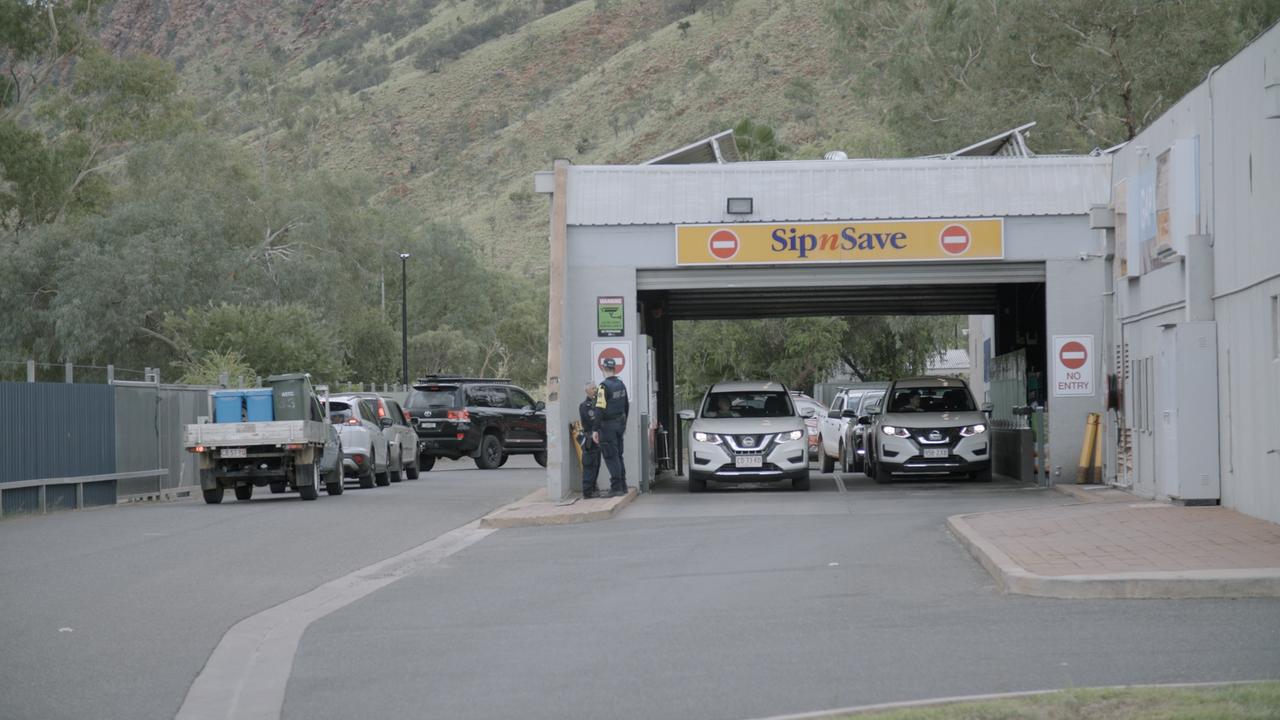Cunningham: Things are not improving - it’s time to review the NT’s floor price of alcohol policy
The only way to view the floor price of alcohol policy as a success is to manipulate the data in a way that distorts reality. Because the raw data shows this policy has had no impact in reducing alcohol-related harm, writes Matt Cunningham.

News
Don't miss out on the headlines from News. Followed categories will be added to My News.
If you were unfortunate enough to have been tuning in to Budget Estimates in the NT Parliament on Tuesday, you would have heard a fascinating discussion about the minimum floor price for alcohol.
The Labor government introduced the floor price in October 2018 in an attempt to reduce alcohol-fuelled harm following a recommendation from former chief justice Trevor Riley’s review into alcohol policy.
Six years on, if you’d listened to the discussion in estimates, you might have left with the impression this policy has been something of a success.
This seemed somewhat puzzling, given anyone who hasn’t been living under a rock for the past six years would have noticed an increase in alcohol-fuelled harm on the streets of Darwin, Alice Springs, Katherine, Tennant Creek and elsewhere.
So it’s worth checking some of the claims that were made as Deputy Opposition Leader Gerard Maley asked questions of Alcohol Policy Minister Brent Potter and Tom Leeming, the deputy chief executive of the Department of Chief Minister and Cabinet.
According to Mr Leeming, there had been a report produced in 2022 which showed “a reduction in alcohol-related harm resulting (from) the minimum unit price” and “declines in alcohol-related harm occurred across a range of areas since 2018, including a 19.4 per cent reduction per-capita related to emergency department presentations”.

But that’s not really what the report said at all.
To quote it verbatim, it said “there is evidence of a reduction in alcohol related harms, but it is difficult to attribute this to the MUP”.
The report found there had been no reduction in alcohol-related emergency department presentations in the Greater Darwin area in the three years after the floor price was introduced.
There had been significant reductions in Alice Springs and Tennant Creek, but this was where the government had also reinstated the permanent police presence on bottle shops (Police Auxiliary Liquor Inspectors) it had removed in 2016.
“This suggests the reduction in alcohol related harms is likely to be related to policy interventions other than the MUP, including local licencing arrangements and the PALIS,” the report said.
Mr Leeming told the committee the report had found “a reduction in the supply of low-cost high alcohol products such as cask wine”.
Again that’s not the whole story.
The report does note this trend, “but drinkers have shifted to other products”.
This will be no surprise to anyone who now notices an empty bottle of Bundy in the place of cask wine.
Mr Potter pointed to per capita alcohol consumption rates.
“We have seen a steady decline in that,” he said.
“In 2022, it was 11.5 (litres per person) compared with the year before in 2021 being 12.28.” But if you look at the actual data you will see there’s been no steady decline at all.
This consumption rate reached a record low of 10.8 in 2018.
The next year, after the floor price was introduced, it rose to 11.8, then again the next year to 12.28, before falling back slightly in 2022, but remaining well above the level when the floor price came into effect.

In fact, on almost every one of the key performance indicators the government says it is using to measure the effectiveness of this policy, things have either flat-lined or have been getting significantly worse since 2018.
This includes alcohol-induced deaths, alcohol-related assaults and alcohol-related domestic violence assaults.
The only noticeable decline has been in the number of people charged with drink-driving, particularly in the Greater Darwin area, although this may have more to do with the resourcing priorities of our overworked police than the increased price of a standard unit of alcohol.
The only way to view the floor price as a success is to manipulate the data in a way that distorts reality.
Because the raw data shows this policy has had no impact in reducing alcohol-related harm. The policy is supposed to be reviewed every three years.
Next year’s report (yet to be commissioned) could paint a bleak picture given the carnage we saw in the second half of 2022 following the lifting of Stronger Futures alcohol bans.
The government deserves some credit for trying something different when it introduced the floor price six years ago.
But there’s little sense in continuing a policy that is having no impact.
Our efforts to reduce alcohol-fuelled harm would be better directed elsewhere.
More Coverage
Originally published as Cunningham: Things are not improving - it’s time to review the NT’s floor price of alcohol policy









